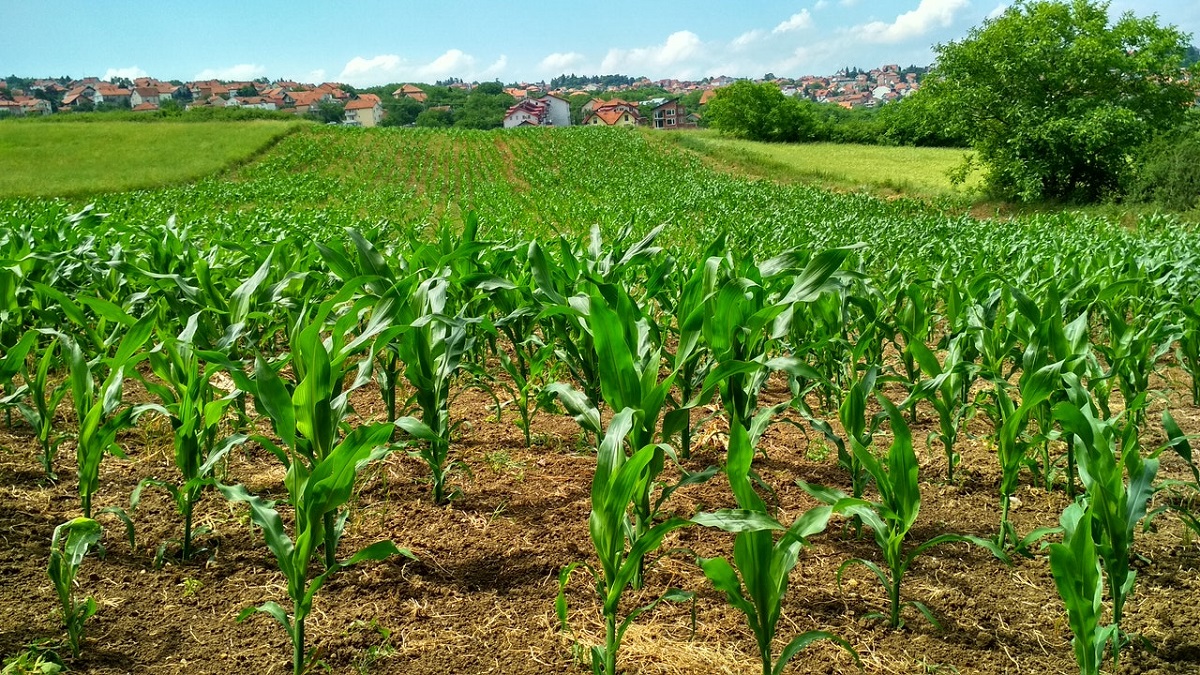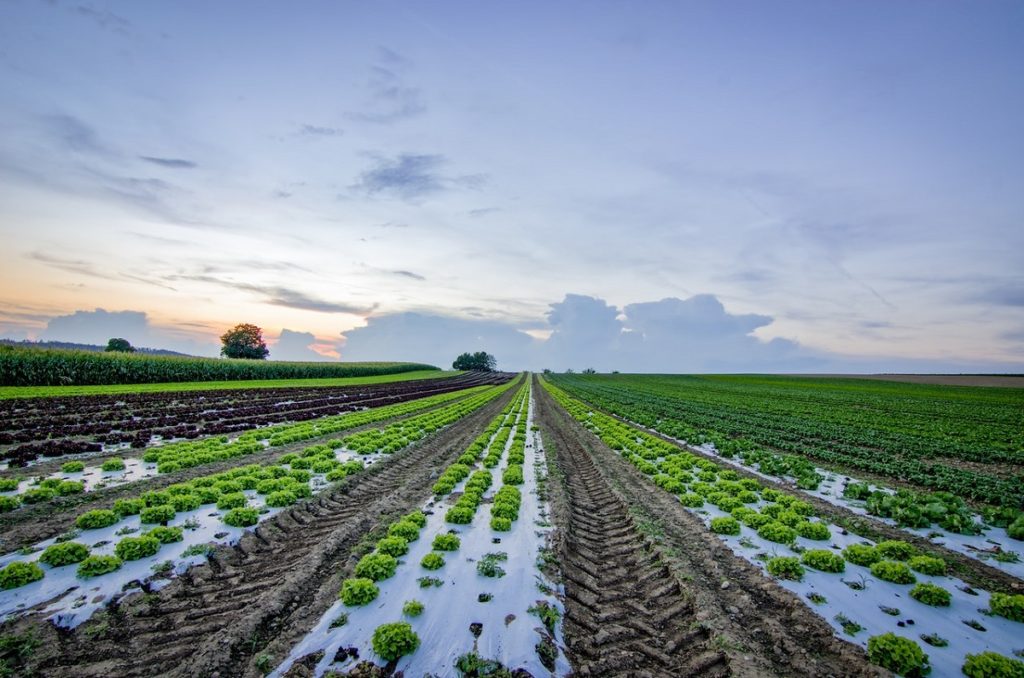How much time do you spend taking care of your crops? Taking care of crops, especially the seasonal ones can be a bit challenging. Although many of these plants easily thrive, some of them can be a bit finicky. Safe to say, planting and taking care of crops isn’t as easy as most people might imagine it would be.
Nowadays, there are plenty of tips and tutorials online that show us how to take care of our cropland and increase its production. However, not everything we find online can be relied on. And more often than not, it’s much better to stick to the basics which, when done properly, actually yield great results.
That said, here are the basic things that will keep your cropland healthy and thriving, and will give you a higher yield:
Using Fertilizer
When we hear the word fertilizer, we immediately think about the amount of work involved in the process. Soil fertilization entails some amount of work but foliar fertilization is quite easy to do.
Foliar fertilization is a great supplement to soil fertilization. It helps gardeners increase their garden production, without sacrificing the health of their crops. In fact, foliar fertilization supplements the nutritional needs of the crops. The best type of foliar fertilizer for soybeans, corn, and other high-yielding silica-accumulating crops can boost the absorption of nutrients from the soil.
When crops get enough nutrients from their environment, especially from the soil, they grow and yield faster. Foliar fertilization is immediately absorbed by the crop, through the leaves. Crops, or any type of plant for that matter, takes nutrients much quicker through their leaves. The leaves readily absorb the nutrients from the foliar fertilizer, which serves as a solution for crops with nutrient deficiency.
To completely solve nutrient deficiency in crops, it’s best to also fertilize the soil regularly. Ideally, it’s ideal to build up your soil with organic matter to keep the soil nutrition level up. At the same time, apply in-furrow fertilizer to the soil to maintain the nutrition level of the cropland.
Using Disease and Pest Control Treatment
Protect your crops from pests that can cause diseases and damage to your crops. The typical ones that cause diseases are fungi, nematodes, viruses, and bacteria. Other factors that can affect plant health are insects, which feed on the crops to sustain themselves.
Unfortunately, diseases are a common occurrence in crops, and can highly affect the amount of yield and the quality of crops as well. The use of fungicide and pesticides are the main solutions to keep your cropland pest and disease-free. But the fear of damaging crops and land oftentimes prevents farmers from using these. Fortunately, there are more sustainable and natural ways to fight crop disease and get rid of pests. When using natural pesticides, you must determine the type of pest in your cropland and then select the appropriate natural pesticide solution for the pest problem.
On top of that, sanitation and micro-climate modification play an important role in managing crop health. Crop rotation and planting disease-resistant and disease-tolerant crops can also improve the overall condition of the cropland and the rest of the crops.

Testing the Soil
Soil testing must first be done before planting. The soil will directly influence the growth of the crops as well as its ability to absorb water. The soil must be tested for phosphorus, potassium, as well as its fertilization level so you can determine the type of supplements that you need, to ensure that the crops get sufficient nutrition from the very start.
The level of density and the amount of nutrients in the soil must reach the optimum level; once the desired level is achieved, the land is ready for planting.
Inspecting Water Drainage System
Your crops’ survival depends on the amount of water they receive and proper water drainage. Without proper drainage, the soil will become waterlogged, resulting in root rot. On top of that, stagnant water can affect the salinization in the soil. When the soil’s salivation is affected, you won’t be able to maximize crop growth and production potential.
Making sure that your crops get enough water but aren’t being over-watered is essential in crop and soil management. A proper drainage system must be established to ensure the health of the crops and maintain proper soil conditions.
With the right soil conditions, your crops can get more nutrients from the soil. When water is properly absorbed by the soil, the crops get the right amount of water that promotes growth. With proper drainage, these conditions can be achieved.
When your cropland is in optimum condition, you can achieve excellent results from planting season through harvesting season. You can expect a higher yield, as well as high quality produce come harvest time
These four basic steps will help ensure that your crops and cropland are in their best condition throughout the season. Using the right amount and type of soil fertilizer, supplementing with foliar fertilizer, treating for pests and diseases in the soil, as well as testing the soil, and ensuring proper drainage are the key elements to establish a healthy cropland.

